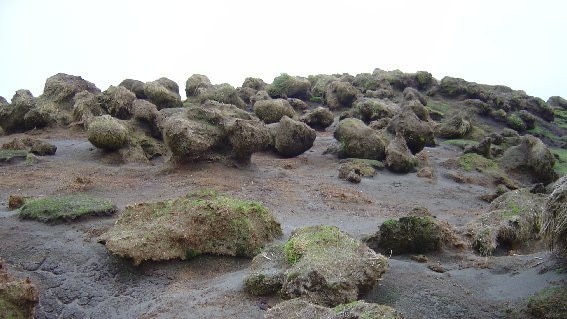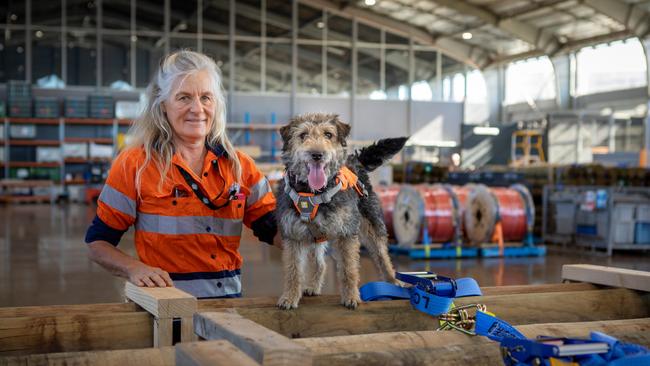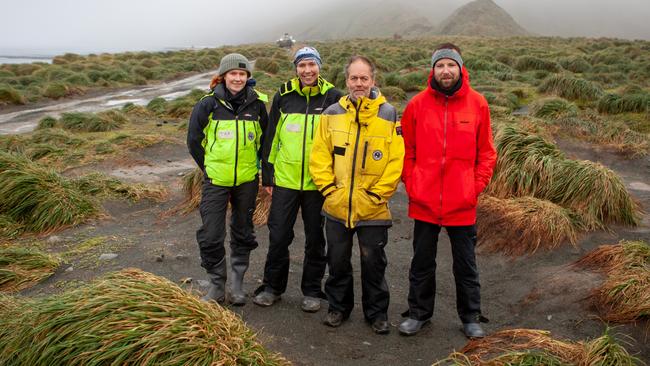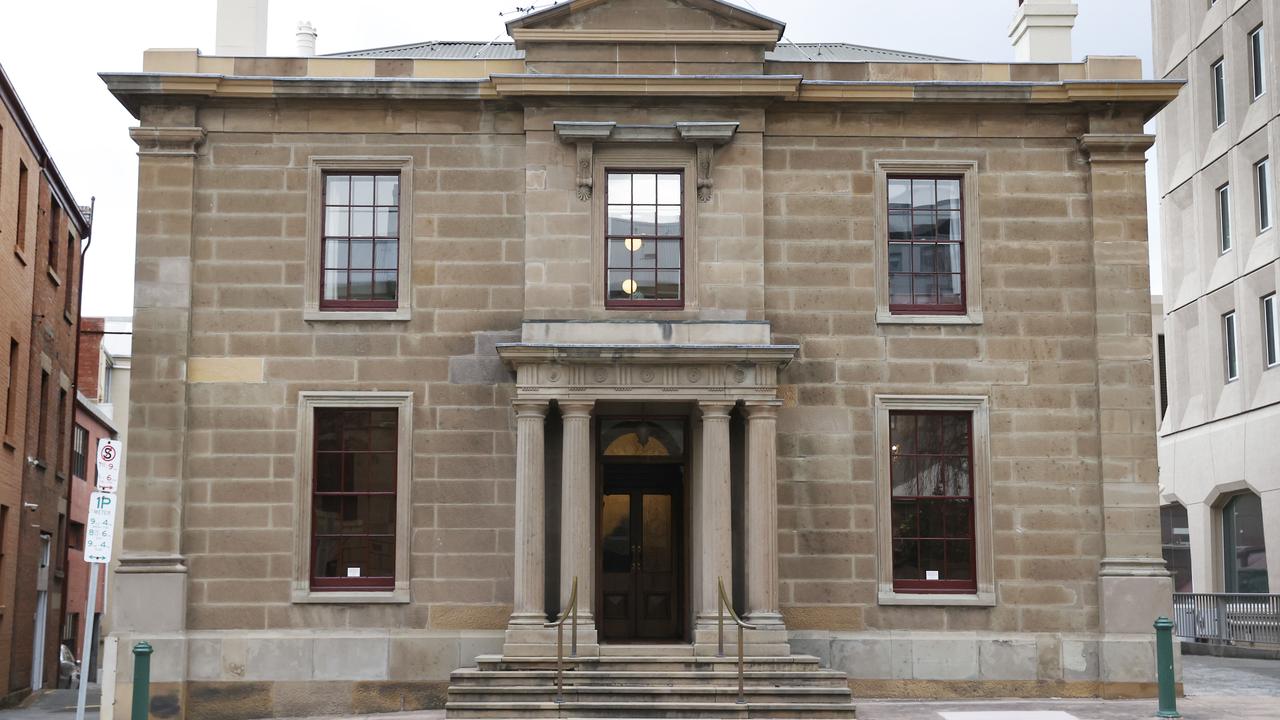Celebrating ten years since the last rabbit
Ten years since the last rabbit was removed from Macquarie Island and researchers are astounded. Find out why.

Tasmania
Don't miss out on the headlines from Tasmania. Followed categories will be added to My News.
It’s been ten years since the last pest was removed from Macquarie Island and researchers are astounded by how quickly it bounced back.
The sub-Antarctic island has a long history of battling introduced pests resulting in areas that were previously covered in tussock grass being reduced to patches of bare dirt and lichen.
PWS regional manager for Southern Tasmania Ashley Rushton said they were astounded at the rate of recovery across the island.

“There were clear signs of restoration within a year of the last rabbit being removed in November 2011,” he said.

“We had been cautiously optimistic about seeing these benefits within 10 years, so this outcome exceeded our expectations.”
Overgrazing by rabbits had caused extensive loss of vegetation cover, which triggered widespread erosion and increased risk of landslips.
The vegetation loss reduced the breeding habitat of burrow-nesting seabirds who need cover to shelter and protect their chicks.
The eradication program used a combination of baiting, hunters and dogs to tackle problem populations.

The island’s recovery continues and NRE Tasmania will continue to monitor the wildlife on the island in collaboration with the Australian Antarctic Division and the University of Tasmania as part of the 10-year Macquarie Island wildlife monitoring program.
NRE Tasmania wildlife biologist Kris Carlyon said the program will continue to document the long-term benefits and impacts of pest eradication.

“It will also assess those impacted by habitat change- albatross, penguins and burrowing petrels — and newly colonising species like burrowing petrels,” Dr Carlyon said.
The Macquarie Island Pest Eradication Project began in 2007 with the aim of eradicating three introduced pests — rabbits, rats and mice — and restoring the island’s natural values.
The $24 million project — co-founded by the Tasmanian and Australian governments — was declared a success in 2014.
More Coverage
Originally published as Celebrating ten years since the last rabbit





